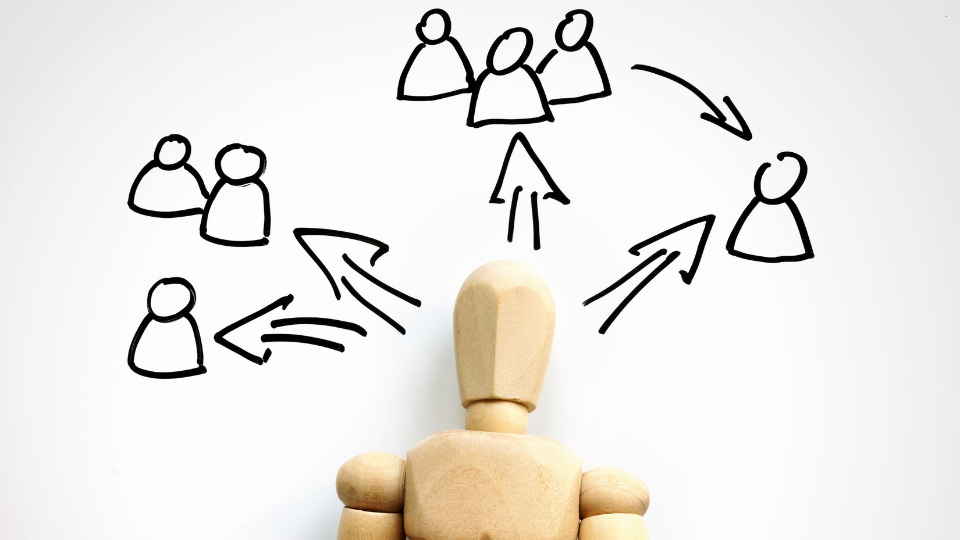Building Attractive Benefits Programs for Today’s Workforce is crucial for any HR Consultant in today’s competitive job market. A well-designed benefits program is not just a perk; it’s a strategic tool to attract, engage, and retain the best talent. This article delves into the key components of creating an effective benefits program that resonates with modern employees’ needs and aspirations.
Understanding Employee Needs: The Foundation of Benefit Programs
In the realm of employee benefits, the first step is a deep dive into understanding the diverse needs of your workforce. This understanding forms the bedrock of any successful benefits program. Employers should actively collect employee feedback through surveys, interviews, and focus groups.
This approach helps identify the most valued benefits across age groups, job roles, and personal circumstances. The goal is to tailor a benefits package that not only meets the basic requirements but also addresses the unique aspirations and lifestyles of the employees. Such a personalized approach ensures that the benefits program is a formality and a meaningful aspect of the employee experience.
Strategic Design: Crafting Tailored Benefits
The strategic design of an employee benefits program involves a careful balance between what is desirable to employees and what is sustainable for the organization. This process starts with the insights gathered from understanding employee needs.
The next step is to design a benefits package that aligns with these needs while considering the company’s budget and long-term goals. Ensuring that the benefits reflect the company’s culture and values is crucial, creating a sense of alignment and purpose.
Whether it’s health insurance, retirement plans, or flexible working options, each element of the benefits package should be thoughtfully chosen to add real value to the employees’ lives while supporting the company’s overall objectives.
Communication: Key to Effective Implementation
Effective communication is the cornerstone of implementing a successful benefits program. It’s essential that employees are not only aware of the benefits available to them but also understand how to utilize them effectively.
This requires a proactive communication strategy that includes regular updates, educational workshops, and accessible resources. Leadership plays a pivotal role in this process, as they need to champion the benefits program and ensure its value is communicated across all levels of the organization.
By keeping the lines of communication open and engaging, companies can ensure that their benefits program is utilized to its fullest potential, maximizing its impact on employee satisfaction and retention.
Incentive Programs: Beyond Basic Benefits
Incentive programs are a dynamic extension of the traditional benefits package, offering opportunities for recognition, personal growth, and health and wellness enhancements. These programs are designed to motivate and engage employees beyond the basic framework of their job roles.
For instance, recognition awards for outstanding performance or contributions can boost morale and foster a culture of appreciation. Wellness programs focusing on physical and mental health can improve employee well-being and productivity.
Additionally, offering opportunities for professional development, such as skill-building workshops or educational reimbursements, can encourage employees to grow with the company. These incentives can significantly enhance employee engagement and loyalty when aligned with the company’s values and goals.
Regular Evaluation and Adaptation
The landscape of employee needs and expectations is constantly evolving, making it essential for companies to evaluate and adapt their benefits programs regularly. This ongoing process involves gathering feedback from employees, assessing the utilization and impact of current benefits, and making adjustments as needed.
Regular evaluation helps identify improvement areas and ensures the benefits program remains relevant and effective. Companies must stay agile and open to change, whether in response to employee feedback, market shifts, or new workplace benefits trends. Companies can maintain a competitive edge in attracting and retaining top talent by continuously refining their benefits offerings.
Technology Integration in Benefits Management
Integrating technology into benefits management can significantly enhance the efficiency and personalization of the employee benefits experience. Modern HR technology platforms offer tools for managing benefits more easily and precisely.
These platforms can give employees easy access to their benefits, allowing them to make informed decisions about their options. Additionally, data analytics can help HR teams understand patterns in benefits utilization and employee preferences, leading to more informed decisions about future benefits offerings.
By leveraging technology, companies can create a more streamlined and user-friendly benefits experience, increasing employee satisfaction and engagement.
Future Trends in Employee Benefits
Staying ahead of future trends in employee benefits is crucial for companies looking to attract and retain a modern workforce. As the workplace continues to evolve, so do the expectations and needs of employees.
Companies should monitor emerging trends, such as increased demand for mental health support, flexible working arrangements, and personalized benefits packages. Understanding and incorporating these trends into the benefits strategy can help companies stay relevant and appealing to current and prospective employees.
By being proactive and forward-thinking in their approach to employee benefits, companies can ensure they are well-positioned to meet the challenges and opportunities of the evolving workplace.
Conclusion
In conclusion, Building Attractive Benefits Programs for Today’s Workforce is an ongoing journey that requires insight, innovation, and adaptability. As an HR Consultant, staying attuned to employee needs and market trends is crucial, ensuring that your benefits program attracts top talent and fosters a motivated and committed workforce. Remember, the right benefits program can be a game-changer in your talent management strategy.
In today’s competitive job market, a well-crafted benefits program is more than a perk; it’s a strategic necessity. Understanding and catering to the diverse needs of your workforce is key to attracting, engaging, and retaining the best talent. At Klique, we specialize in helping businesses like yours design and implement benefits programs that resonate with modern employees’ aspirations and lifestyles. Are you ready to tailor a benefits package that not only meets the basic requirements but also addresses the unique needs of your employees? Contact us now!
References:
- https://www.achievers.com/blog/employee-incentive-programs/
- https://mployeradvisor.com/blog/how-to-design-an-exceptional-employee-benefits-program
- https://www.linkedin.com/pulse/how-design-employee-benefits-program-attract-top-talent/







